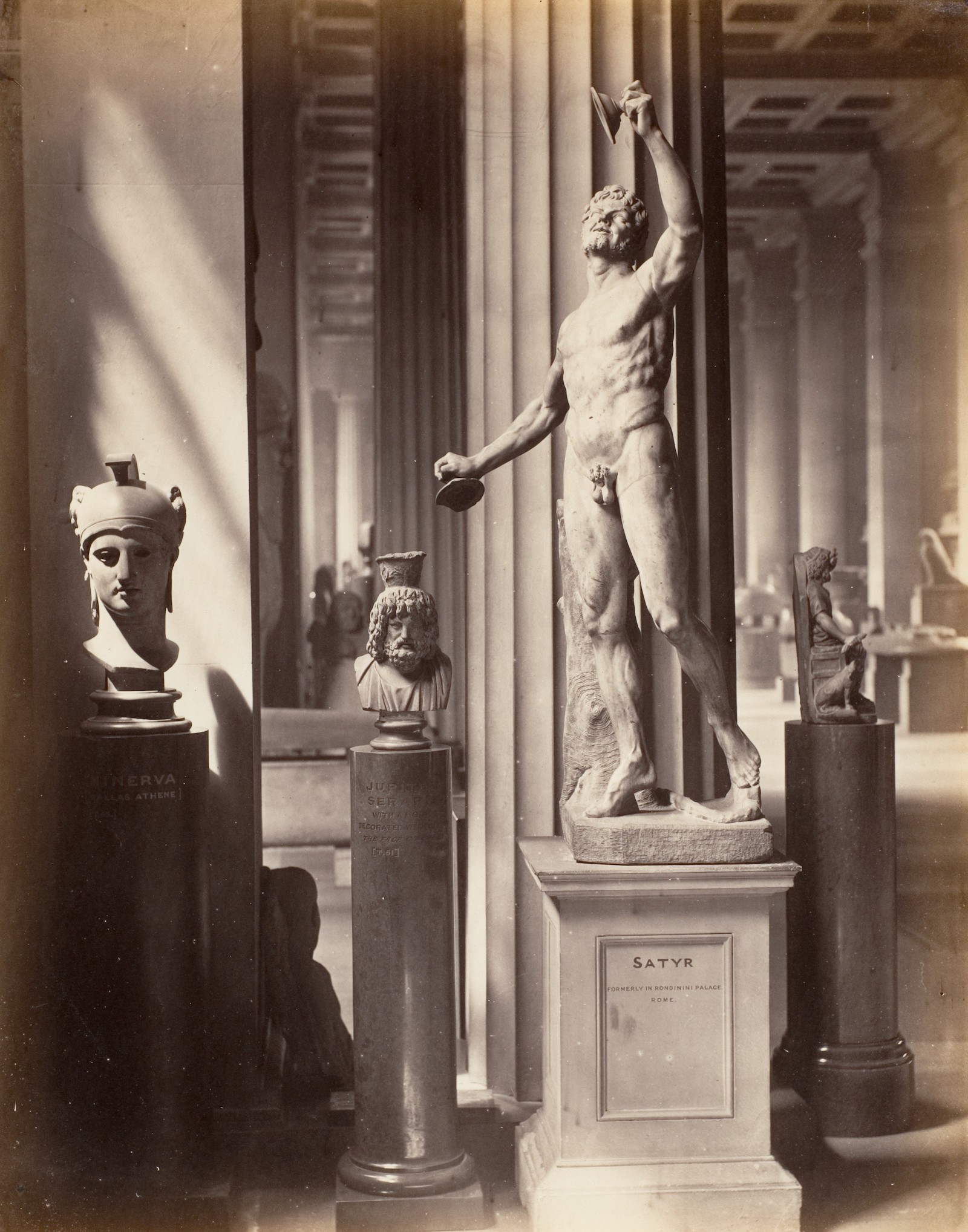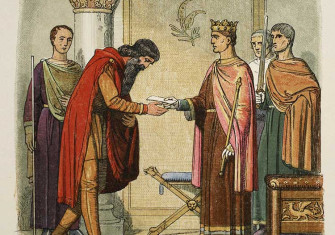Do Historical Objects Belong in their Country of Origin?
Four historians consider one of the most contentious questions facing the West’s museums and galleries.

Artefacts do not need to be ‘returned’
Tiffany Jenkins, author of Keeping Their Marbles: How the Treasures of the Past Ended Up in Museums – and Why They Should Stay There (Oxford, 2016)
When, 3,000 years ago, sculptors in the Assyrian Empire chiselled into being winged, human-headed bulls for King Ashurnasirpal II, they could not have dreamt that their creations would end up centuries later in museums thousands of miles away. The five-legged, alabaster beasts were not made for brightly-lit galleries. Even if we wanted to, it would not be possible to return them to their place of origin.
The ancient Assyria of 883 BC is very different from modern northern Iraq; fifth century BC Athens, which produced the much fought-over Parthenon Marbles, is unrecognisable compared to modern Greece. The court of Benin, which commissioned the Benin Bronzes, hardly resembles contemporary Nigeria.







